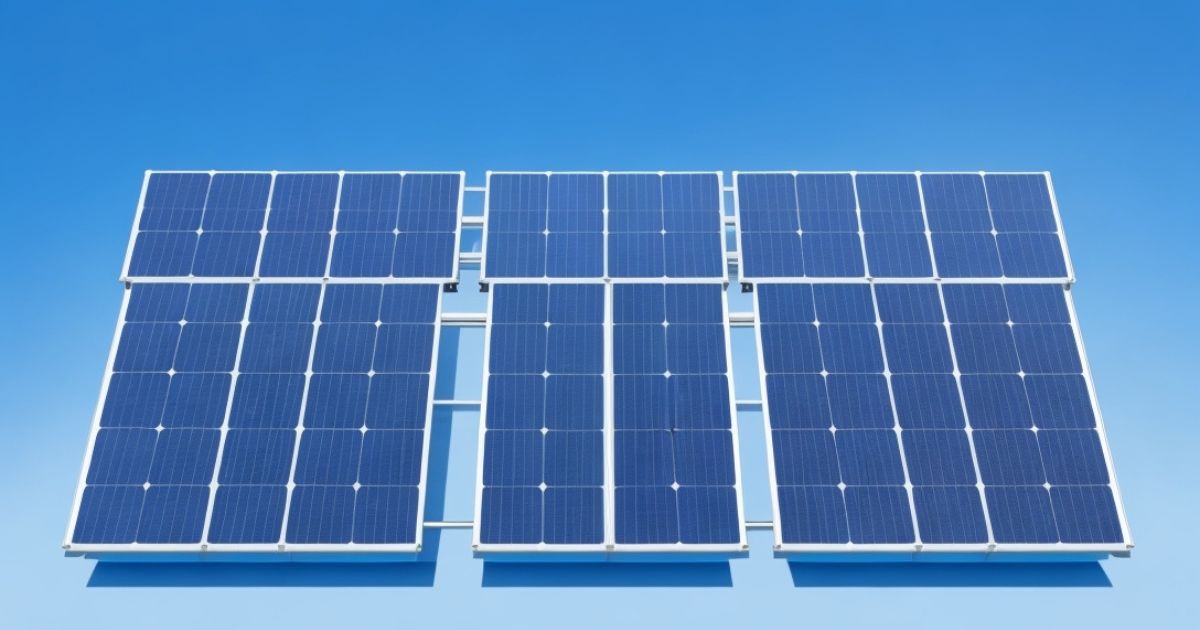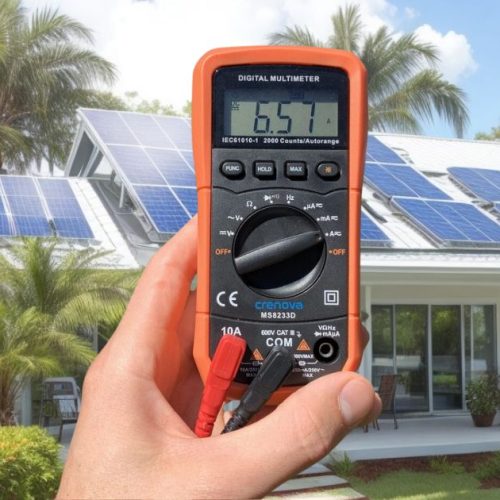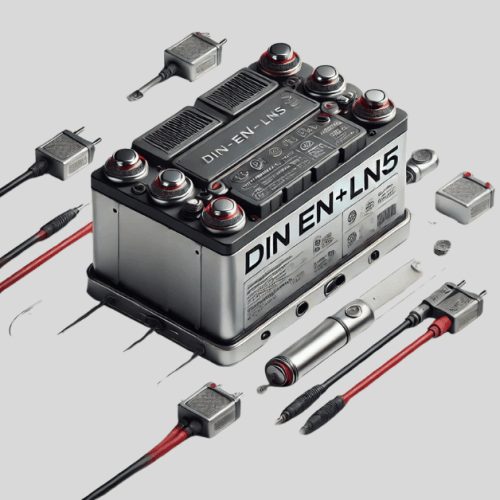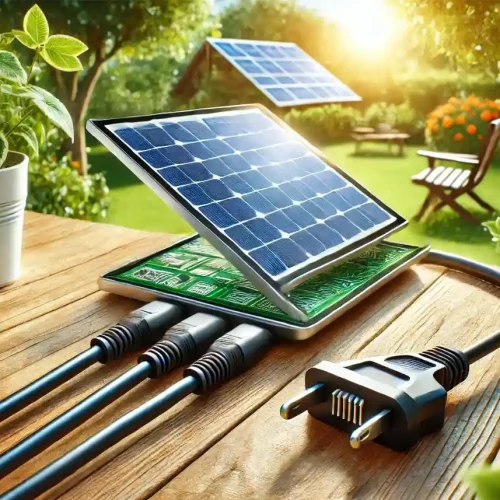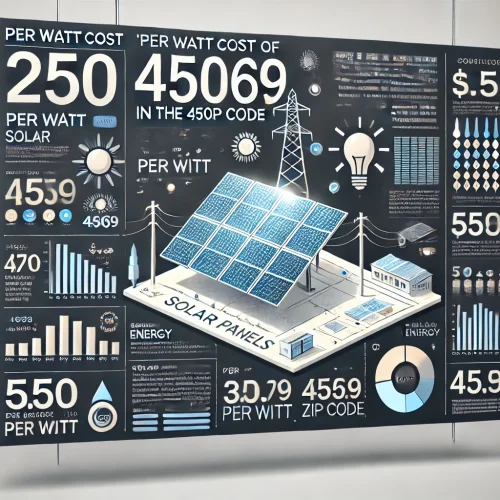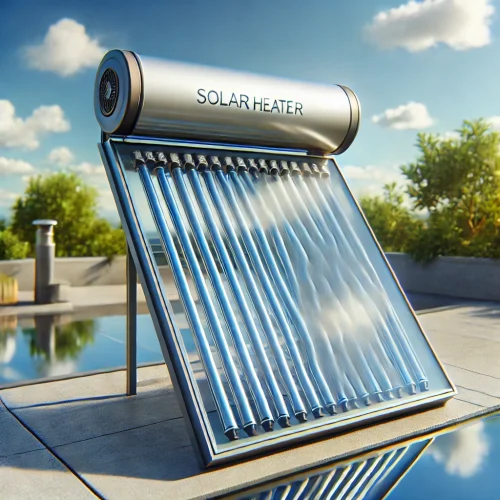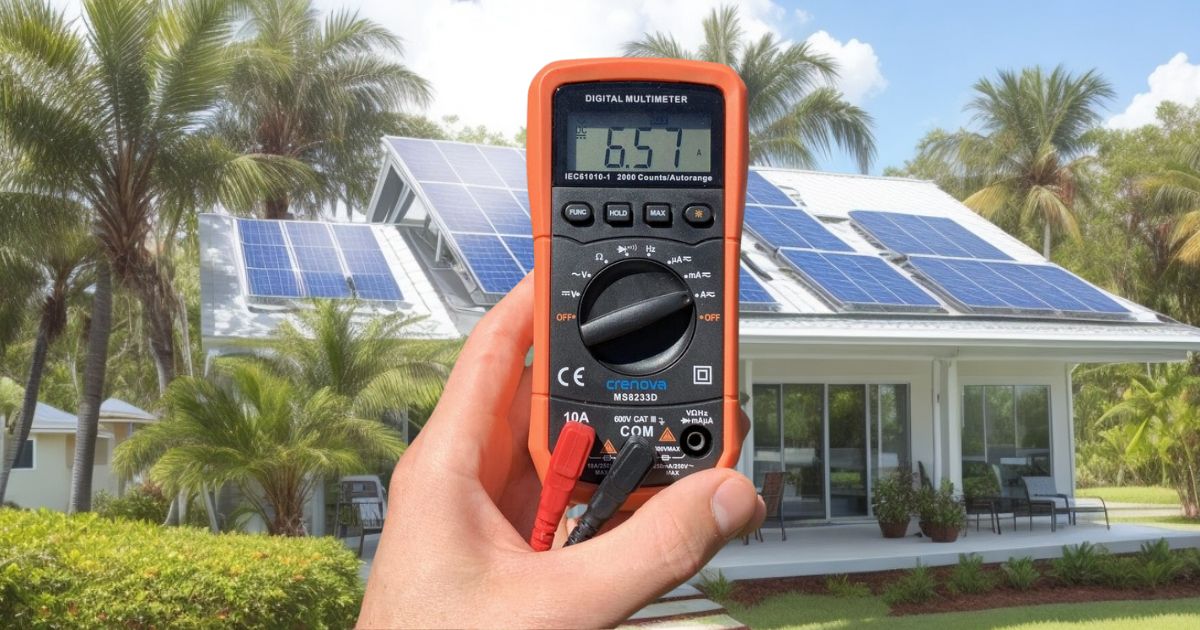In an era where sustainability and renewable energy are at the forefront of global discussions. Solar energy stands as a beacon of hope for a clean and beautiful future. As technology continues to advance, the efficiency and power output of solar panels has increased dramatically. In this guide, we’ll delve deeper into the world of high wattage solar panels and their significance, how they work, the factors that affect their wattage, the different types available, the benefits they offer, and what it’s important to know when choosing the right panels today. we will tell

Understanding what is the highest watt solar panel
Before we delve into the world of high wattage solar panels, it is imperative to understand the basics of how solar panel work. Solar panels are devices composed of photovoltaic cells, usually made from silicon, that convert sunlight into electricity. When sunlight hits these cells, it generates an electric current. which is then stored and converted into usable electricity. This electricity can power homes, businesses, and even entire communities, the highest watt solar panel provides a clean and sustainable source.
Solar panel highest wattage
Solar panel highest wattage is an important metric for determining output and efficiency. It refers to the amount of power the panel can produce under standard test conditions and is usually indicated on the panel’s nameplate in watts (W) or kilowatts (kW). The higher the wattage, the more electricity the panel can generate. The highest watt solar panel makes it more efficient and cost-effective in the long run. Understanding wattage is critical when selecting solar panels for your specific energy needs.
Factors Affecting Highest Wattage Solar Panel
Various factors affect the highest wattage solar panel, including its size, efficiency, and technology. Larger panels with more photovoltaic cells have higher wattage, as do panels with higher power ratings. Improved manufacturing processes and materials can contribute to increased wattage by improving panel performance and longevity. Additionally, factors such as temperature, shading, and orientation can affect panel performance and overall wattage output.

Types of Solar Panels
There are three main types of solar panels: monochromatic, polycrystalline, and thin film. Monocrystalline panels are made from single-crystal silicon and are known for high efficiency and power output. These panels are usually dark in color and have a uniform appearance. Polycrystalline panels are made from multiple silicon crystals and are slightly less efficient but more affordable than monocrystalline panels.
These panels have a bluish color and a mottled appearance. Thin-film panels are made from lightweight materials such as amorphous silicon or cadmium telluride and are flexible, making them ideal for certain applications where traditional panels may not be suitable. Each type of panel has its own unique benefits and considerations, so understanding the differences is essential before making a decision.
The highest wattage solar panels available are:
As solar technology continues to advance, manufacturers have developed high wattage solar panels capable of producing significant amounts of electricity. These panels typically have a wattage of over 400 watts per panel and use advanced technologies such as PERC (passivated emitter rear cell) and bifacial cells to achieve higher efficiency and power output.
Monocrystalline panels are the most common type of high wattage panel due to their superior efficiency and performance. These panels are ideal for installations where space is limited or maximum energy production is desired, such as residential rooftops, commercial buildings, and utility-scale solar farms. The highest wattage solar panels available in the market today have unmatched performance and reliability. They will be an excellent choice for those who want to harness the power of the sun.

Benefits of solar panels
High wattage solar panels offer many advantages over low wattage panels, including increased power output, efficiency, and space savings. These panels require less light to generate the same amount of electricity. Minimizing overall installation costs and maximizing energy production. Additionally,
higher wattage panels are more durable and have a longer lifespan, providing a reliable and sustainable source of electricity for years to come. The higher efficiency of these panels means they can produce more electricity in low light conditions such as cloudy days or early morning and late afternoon, further increasing their value and performance. Overall, high wattage solar panels provide a cost-effective and efficient solution to meet the growing demand for clean, renewable energy.
Consider when choosing high wattage solar panels:
When selecting high wattage solar panels for your specific needs, there are several factors to consider. These include cost, space requirements, compatibility with existing systems, and manufacturer reputation and warranty. While high wattage panels offer many benefits, they may not be suitable for every situation. A thorough assessment of your energy needs and budget constraints is essential before making a decision. Consulting with a reputable solar panel provider can help you select the right panels for your specific needs and ensure the highest return on your investment.
Highest watt solar panel
High wattage solar panels represent the next frontier in solar energy technology, offering increased power output, efficiency, and space savings. As the demand for clean, renewable energy continues to grow, high wattage panels will play an important role in meeting this demand and transitioning to a more sustainable energy future. By understanding the basics of solar panels, wattage, and the different types available, consumers can make informed decisions when selecting panels for their specific energy needs. With the right high wattage solar panels, we can harness the sun’s energy and pave the way for a brighter, cleaner future for generations to come.
